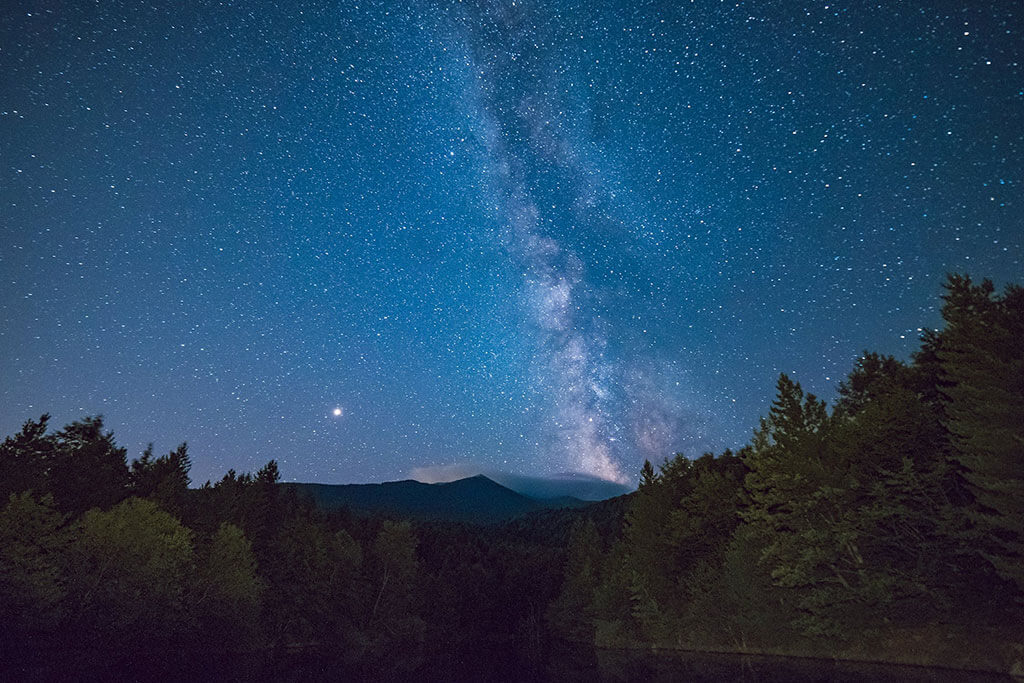
23
February
UofT Planetarium: Our Musical Universe (SOLD OUT)
What is the sound of a twinkling star? Can planets keep a beat? How loud was the big bang?

13
February
UofT Planetarium: Our Musical Universe (SOLD OUT)
What is the sound of a twinkling star? Can planets keep a beat? How loud was the big bang?

3
February
UofT Planetarium: Our Musical Universe (SOLD OUT)
What is the sound of a twinkling star? Can planets keep a beat? How loud was the big bang?

27
January
RASC 150 Years: National Star Party
Watch the recorded video: https://youtu.be/uN7IKkRwBK0

12
February
Winter Star Party
http://www.scas.org/Home/WinterStarParty

6
May
Texas Star Party
https://texasstarparty.org/

9
August
Stellafane
http://stellafane.org/

9
August
Starfest
http://www.nyaa.ca/starfest.html

4
August
Mount Kobau Star Party
http://www.mksp.ca/

21
April
North-East Astronomy Forum
http://www.rocklandastronomy.com/neaf.html
